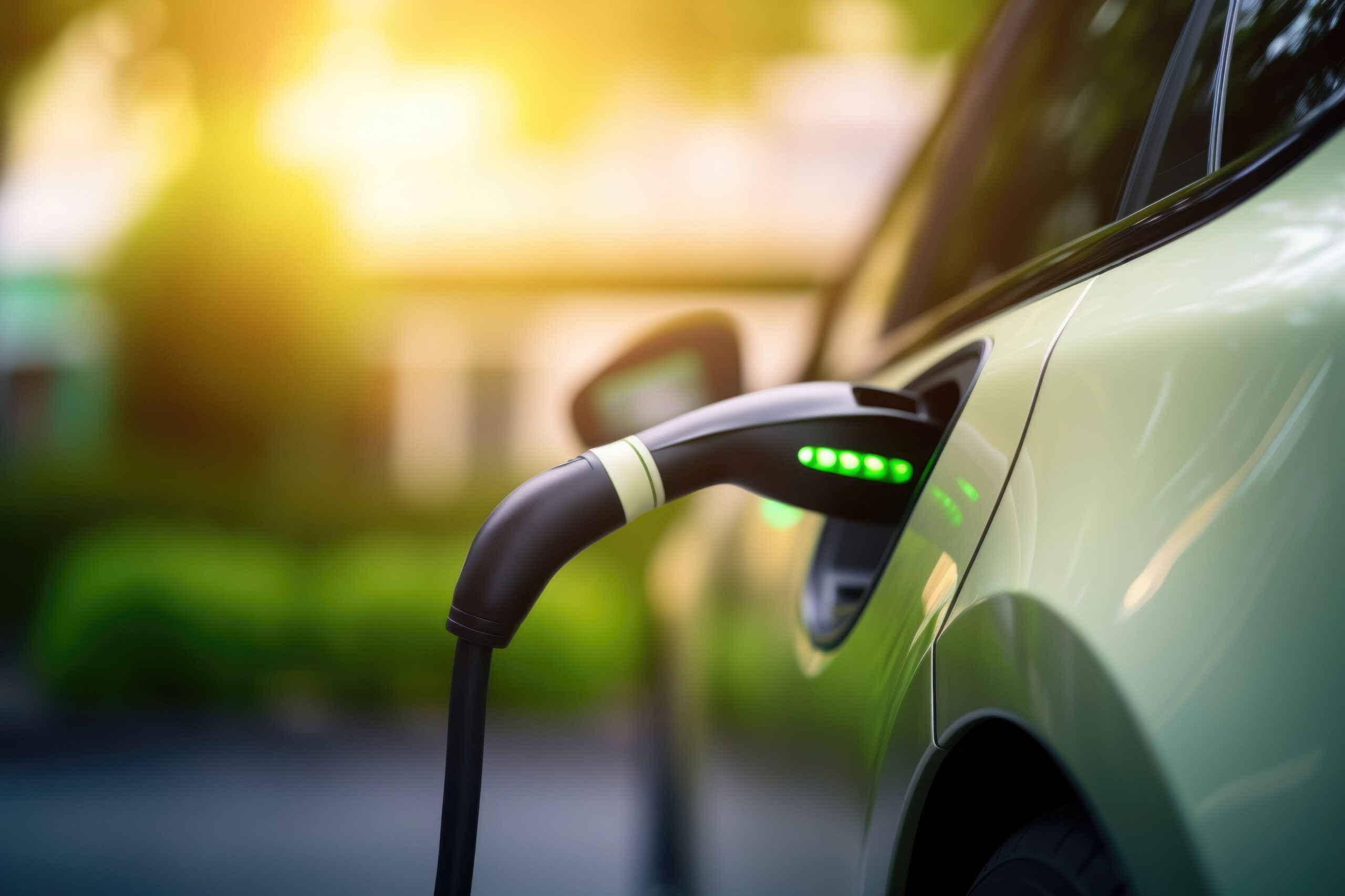
COP26, some progress besides unfulfilled ambitions
COP26, some progress besides unfulfilled ambitions
As soon as the 26th World Climate Conference (COP26) began, Boris Johnson shared the four priorities of this edition with the world leaders in attendance: “Coal, cars, cash, and trees”. Although the absence of heads of state from several countries (China, Brazil, and Russia) from the event did not go unnoticed, those who were present made numerous commitments. But beyond these commitments, it is now a question of implementing concrete initiatives to achieve targets that have been set.
An agreement that would keep global warming below +1.5°C
Even before it began, COP26 was described as a “historic moment”. It crystallized the hopes and criticisms of civil societies and public stakeholders all over the world. More than 200 demonstrations were held in the sidelines of the summit and in many countries, demanding that leaders implement concrete measures to limit climate change. A message heard by heads of state and governments, although several points (phasing out dependency on fossil fuels, supporting vulnerable countries affected by climate change, etc.) have been deemed disappointing by civil society and NGOs. Other points will require clarification at future COPs.
COP26 therefore ended with an agreement signed by 197 countries – the “Glasgow Climate Pact”[1]. A necessity to maintain the target of limiting global warming to 1.5°C compared to the pre-industrial era – although there was nothing straightforward about it. Achieving this required several extensions and two attempts at a consensus before a compromise was finally reached on Saturday, November 13th, rounding off two weeks of intense negotiations. Even though it proved impossible to meet all of the objectives, the final document incorporates binding provisions that commit the signatories.
Fossil fuels in the COP26 agenda
Regarding the breakthroughs of this 2021 summit, a number of decisions deserve to be mentioned – particularly the commitment to gradually phase out the use of coal to limit its harmful effects on the environment. This is not something that was achieved under the 2015 Paris Agreement. That said, the reference to a “gradual phasing out of coal” – the initially agreed and preferred term – was replaced by the less binding “phasing down”[2] at the request of India. This was to the great displeasure of Alok Sharma, the British president of COP26, who publicly expressed his disappointment. More broadly, the text calls for the end of fossil fuel subsidies. Around thirty countries, including France[3], even announced the end of public funding for fossil fuel projects internationally by the end of 2022, the aim being to redirect these budgets towards renewable energies.
Reducing greenhouse gas emissions
Although fossil fuels are mentioned, the vast majority of the delegations present recognized the need to act quickly to tackle climate change, highlighted by the latest reports from the United Nations Environment Programme (UNEP) and the Intergovernmental Panel on Climate Change (IPCC). All signatory states have committed to reducing their greenhouse gas emissions by 45% by 2030 (compared to 2010) to achieve carbon neutrality in the next twenty years. To achieve this, states must present their nationally determined contributions under the Paris Agreement. These contributions are the climate plans detailing the concrete actions implemented by states to track the reduction in greenhouse gas emissions that has been set.
But CO2 is not the only cause of global warming. Methane also contributes to climate change and is mentioned in the agreement for the first time: more than a hundred countries have pledged to reduce their methane emissions by at least 30% by 2030, by focusing their efforts on agricultural activities, livestock rearing, waste, and fossil fuels. There is only one solution for keeping to this very tight schedule: voluntary national contributions, which are currently very low, will need to be revised upwards by the end of 2022. This is more than what the Paris Agreement achieved: it did not provide for these targets being reviewed before 2025. But here as well, there is a snag in the document’s scope: a number of countries not covered by the agreement could be entitled to special arrangements because of their “specific national circumstances”. A level of confusion which leaves the door open to special national characteristics and exceptions.
The carbon market on the right track
Tackling climate change also involves financial resources and mechanisms for internalizing the costs of the damage that we are inflicting on the planet and its people. This is the purpose of the carbon market,[4] provided for in Article 6 of the Paris Agreement, tasked with the purpose of detailing the functioning of COP26. This particular mission has been accomplished – the document distinguishes two separate markets for carbon credits: one for companies and states, and the other dedicated to bilateral trade between countries.
These credits can be used by companies and states to finance projects to reduce CO2 emissions. Furthermore, the agreement restricts “double counting”: if a company sells a carbon credit to another country or company, only one of the two will now be able to count it towards its emissions targets. However, China and Brazil have obtained entitlement to transfer the credits generated via the Kyoto Protocol – namely 300 million low-environmental-quality credits (out of a total of 4 billion), thus arriving on the new market with a large carbon credit reserve.
China and the US almost on the same wavelength
One of the pleasant surprises to emerge from the COP26 was the China-US agreement[5]: the world’s two biggest polluters have committed to working together to strengthen actions tackling climate change. Although this is still only at the “declaration of intent” stage, such a profession of joint faith between China and the US – two powers that are bitter rivals on numerous issues – is evidence of growing awareness across both countries and their societies of the challenges posed by climate change. This type of announcement nourishes the hope that even major geopolitical tensions might not prevent progress in tackling climate change.
Support for developing countries struggling
However, several points of the agreement fall short of the hopes expressed before the summit, including funding for developing countries. For many years now, these countries have been calling for more assistance from developed countries to help them with their energy transition. It is widely agreed upon that the world’s more developed countries bear the most responsibility for the current situation. In 2009, these countries pledged to give $100 billion USD per year to the world’s developing countries – a target which has not yet been met. The document resulting from the summit does not provide for any major innovation on this issue, outside of a United Nations commitment to draw up an annual review of the progress made by the world’s developed countries. It also requires that international meetings be held in 2022, 2024, and 2026 to ensure that this funding is granted.
The issue of funding to cover “loss and damages”>[6] resulting from global warming – led by the “G77 and China” negotiating group, which represents 134 countries – did not secure the backing of all participants – the US and the European Union are opposed to such financial compensation.
The Glasgow Pact[7], however, provided positive developments in relation to this issue as well. It recommends by 2025 that developed countries double the aid that they have earmarked for adapting to the effects of climate change compared to 2019 – something which developing countries demand on a regular basis. $8.5 billion USD of financial support has also been pledged to South Africa – a country where coal accounts for 80% of electricity production. More than one hundred countries, representing 85% of the world’s forests, have also pledged to end deforestation by 2030.[8]
Progress to be continued
Despite a level of nervousness in relation to certain issues, the Glasgow Climate Pact does represent real progress for the environment. The summit also highlighted sectoral coalitions which involve enough stakeholders for them to have a positive effect – even though global consensus has not yet been reached.
The measures taken by countries will be assessed in the near future and then at regular intervals through their nationally determined contributions. They will need to be held accountable in the face of international public opinion and by the Secretariat of the United Nations Convention on Climate Change if their commitments are not met. Companies, local communities, and many other social stakeholders have been quick to react, indicating that they would play an even greater role in tackling climate change to mitigate these disappointments. Nevertheless, it will be up to COP27 and COP28, scheduled to take place in Egypt and in the United Arab Emirates in 2022 and 2023 respectively, to continue this work, since the target of limiting global warming to 1.5°C is not yet guaranteed.
[1] https://unfccc.int/fr/news/la-cop-26-parvient-a-un-consensus-sur-les-actions-cles-pour-faire-face-aux-changements-climatiques
[2] https://www.theguardian.com/environment/2021/nov/14/boris-johnson-plays-down-weakening-of-cop26-coal-ambitions
[3] https://www.francetvinfo.fr/monde/environnement/cop26/cop26-la-france-rejoint-finalement-l-accord-mettant-fin-aux-financements-a-l-etranger-de-projets-d-exploitation-d-energies-fossiles-d-ici-fin-2022_4842329.html
[4] https://www.lesechos.fr/finance-marches/marches-financiers/les-marches-du-carbone-remis-sous-le-feu-des-projecteurs-par-la-cop26-1364636
[5] https://www.lefigaro.fr/sciences/cop26-la-chine-annonce-un-accord-avec-washington-pour-renforcer-l-action-climatique-20211110
[6] Put at between US$290 billion and US$580 billion per year until 2030, these losses and damages are (according to the Paris Agreement) “the irreversible damage caused by climate change, which can be avoided neither by actions to reduce greenhouse gas emissions nor by adaptation”, see article: “At COP26, tense negotiations on the issue of financing to cover climate change damage”, Le Monde, 9 November 2021.
[7] https://unfccc.int/sites/default/files/resource/cma2021_L16_adv.pdf
[8] https://www.lemonde.fr/planete/article/2021/11/02/cop26-un-accord-pour-enrayer-la-deforestation-d-ici-a-2030_6100605_3244.html

